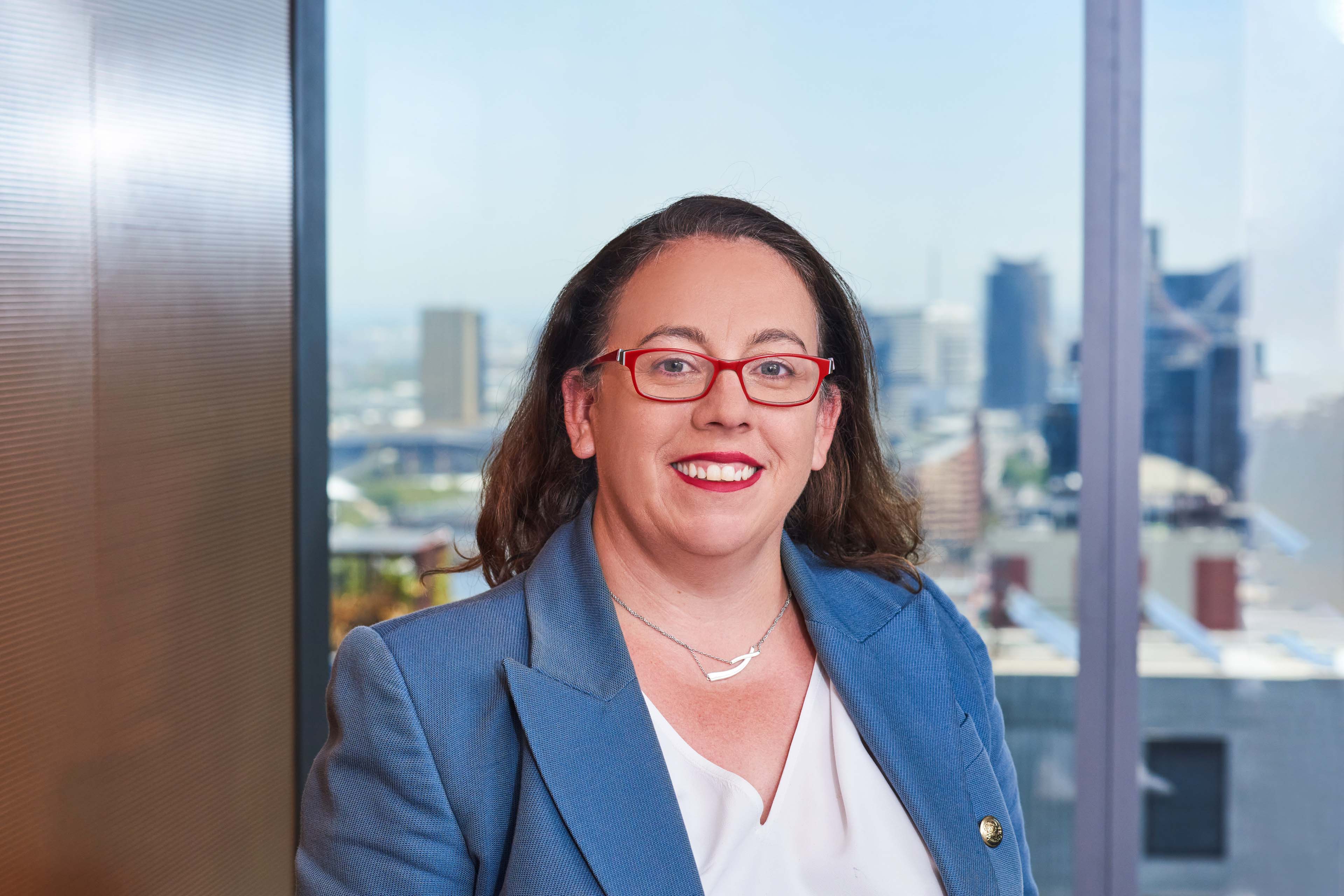EY refers to the global organization, and may refer to one or more, of the member firms of Ernst & Young Global Limited, each of which is a separate legal entity. Ernst & Young Global Limited, a UK company limited by guarantee, does not provide services to clients.
The client also identified potential roadblocks. Through dialog with respective stakeholders, they found that if they had focused entirely on the tech, but neglected the process side of the equation, the desired results would not be delivered.
EY ensured the wavespace environment provided the frontline finance professionals everything they needed to help design the solution and define the use cases, supported by the IT and Finance Change teams. Through transparent conversations between different stakeholder groups, practical, effective solutions began to emerge.
Developing a truly transformational, measurable strategy
Through creative collaboration within wavespace, the client not only honed their transformation strategy to a specifically Cloud-based approach – they also developed clearly defined steps that would allow them to pursue real, measurable value.
Across the program, the client’s teams collaborated on 20 distinct ideas around Cloud-enabled finance. These included:
- A data model which created a single, unified data source for the whole finance function, that only needs to be adjusted once – making it easier and more time-effective for multiple business units to engage with data in the way that’s most appropriate for them.
- Real-time data quality visualization, allowing for prompt data validation (the process by which data is checked for accuracy and usefulness) and data remediation (the process of cleaning, organizing and moving data in a way that makes it fit for use). This included the use of machine learning and artificial intelligence to improve data quality.
- Detailed reporting tools that broke down standard reporting across different dimensions (such as business line or legal entity). These provided detail down to the transaction level, and captured commentary from multiple stakeholders on any given product or investigation.
- Continuous and automated control monitoring over the entire data population, rather than manual testing of individual samples.
These tools allowed the client to come up with solutions that led to real, measurable value for its finance function – and the business as a whole.










